The best Star Trek games
The best Star Trek games you can find in this universe. Set phasers to fun.
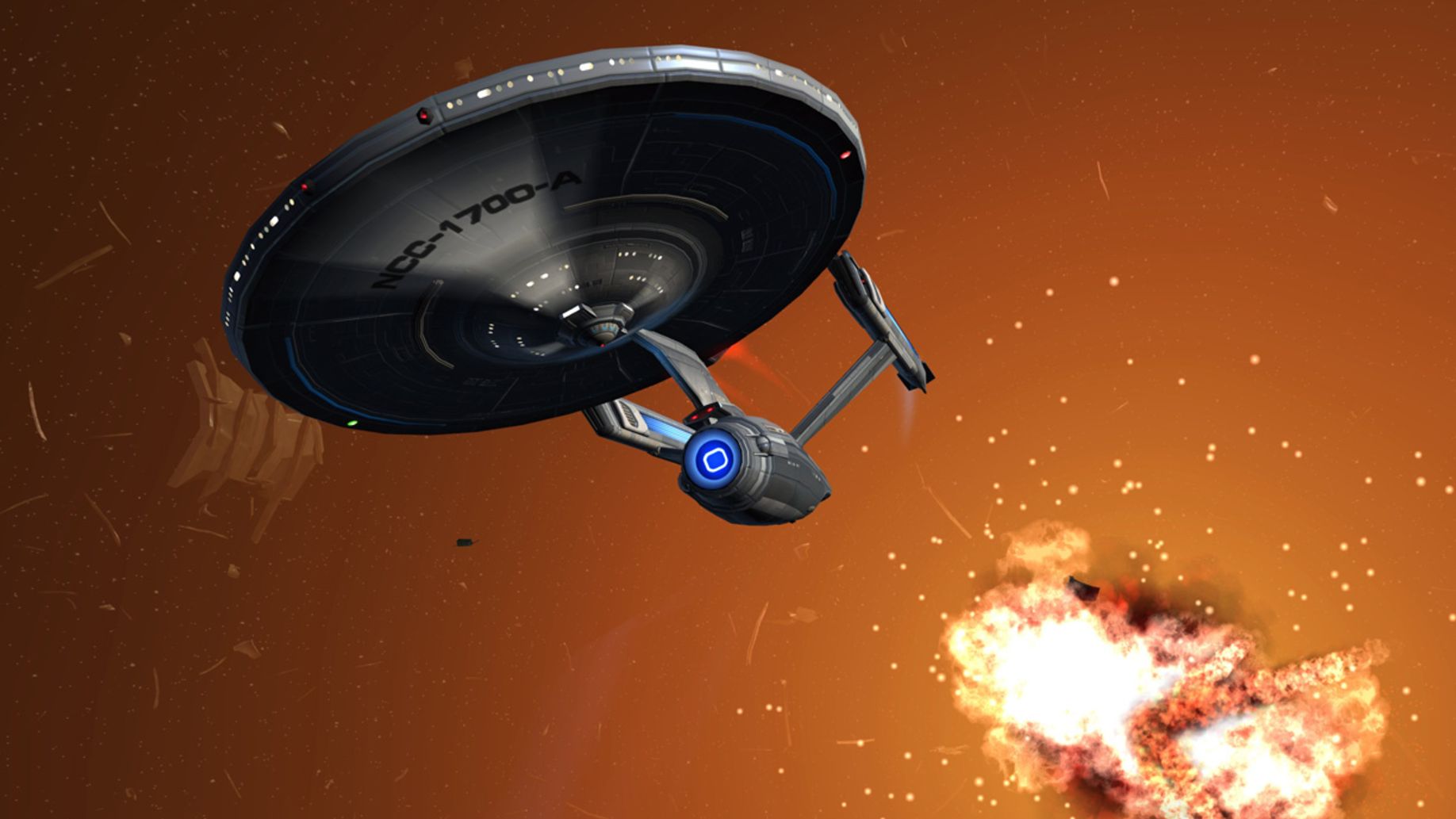
Welcome to our list of the best Star Trek games on PC. The dream of exploring space, meeting strange new life and new civilisations; cresting the Final Frontier in the next chapter of humanity’s story; kissing green aliens. All of that.
Star Trek’s relation to games has always been… shaky. Unlike Star Wars, which had Lucasarts’ hand on the tiller for at least the 1990s, it’s always been a licensed property and not often a successful one. Some studios tried to squeeze Trek into a genre it's not suited for. Others were just cash-grabs, like Star Trek: The Game Show, which relied on the comedic stylings of Q and his lovely female assistant Q to cover a truly soulless trivia contest. Still, companies keep trying, from early test adventures like The Kobayashi Alternative to the crappy game version of the JJ Abrams reboot.
But we’re not interested in those. What are the Trek games that do Gene Roddenberry’s vision proud? Here are our favourites, a collection of games which at least do enough to capture the Star Trek magic, even sometimes despite themselves.
Star Trek: Judgment Rites
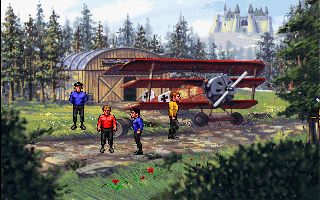
Judgement Rites isn’t the greatest game on this list, but it's arguably the best at putting you into the show. There's an authentic mix of bridge banter and combat and you're doing classic Star Trek tasks, like flying to new worlds and beaming down away teams to sort out their problems. Like its predecessor, 25th Anniversary, it followed the show’s episodic model, pitting Kirk and co against scenarios like Trelane recreating World War I on a distant planet, and a rift in time that promises the end of the Federation within eight days. Unlike 25th, there was also something of a running story involving a mysterious race watching the crew and seeing how they solved these problems, adding a little extra drama to the mix.
Neither the combat nor the adventuring is exactly top-tier, but they made a delicious pairing that was totally in keeping with The Original Series. It’s no wonder that even decades later, many still hold it up as the high point of any crew’s PC adventures.
Star Trek: Voyager, Elite Force 1 and 2
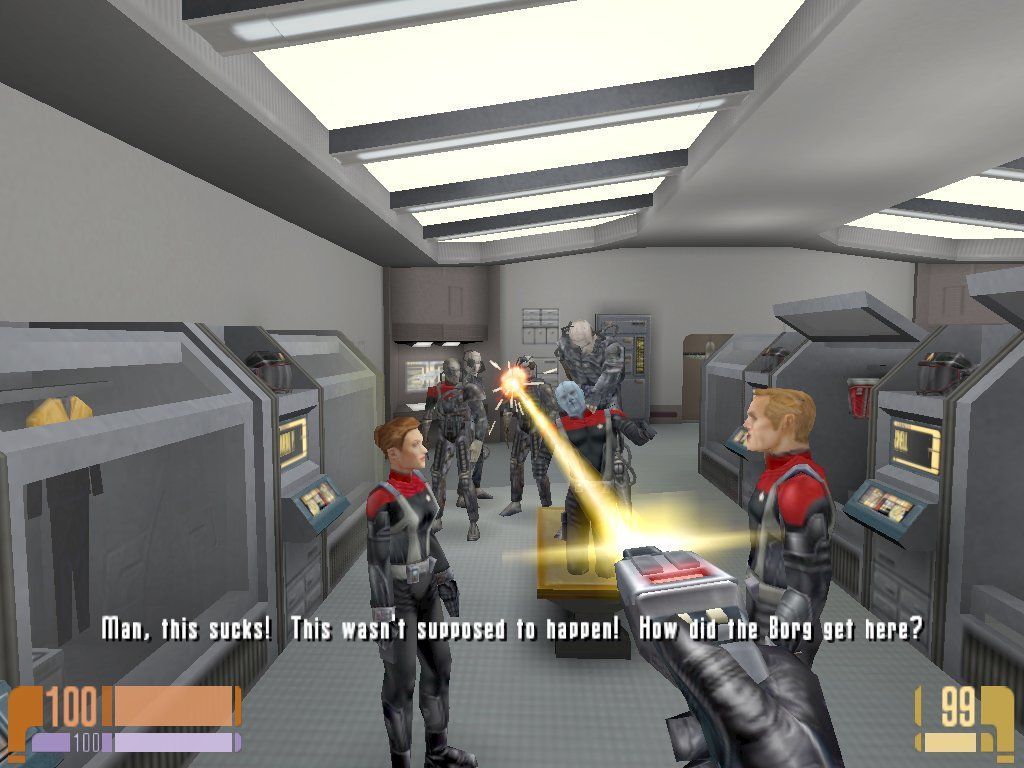
Elite Force is an rare case where it makes sense to turn Star Trek into a shooter. Voyager is lost in the depths of space, surrounded by enemies, and while risking the senior staff for every casual mission works for television, in reality it’s a pretty dreadful idea. Cue the creation of the Hazard Team, just in time for Voyager to get trapped in a spaceship graveyard full of particularly troublesome trapped alien types.
The first level, set aboard a simulated Borg ship, set a great tone, right down to the Borg not reacting to your presence until triggered. Little expense was spared. The whole crew (including, retroactively, Jeri Ryan) voice their characters, and a real effort made to make the Hazard Team feel like a unit. For a while, it was even suggested that the concept might be added to the show. It wasn’t, though something similar would show up in Enterprise in the form of the MACO assault unit. Best of all, as well as fitting the show surprisingly well, it was a very solid shooter and by far the best action game spin-off.
The biggest gaming news, reviews and hardware deals
Keep up to date with the most important stories and the best deals, as picked by the PC Gamer team.
Star Trek: Starfleet Command
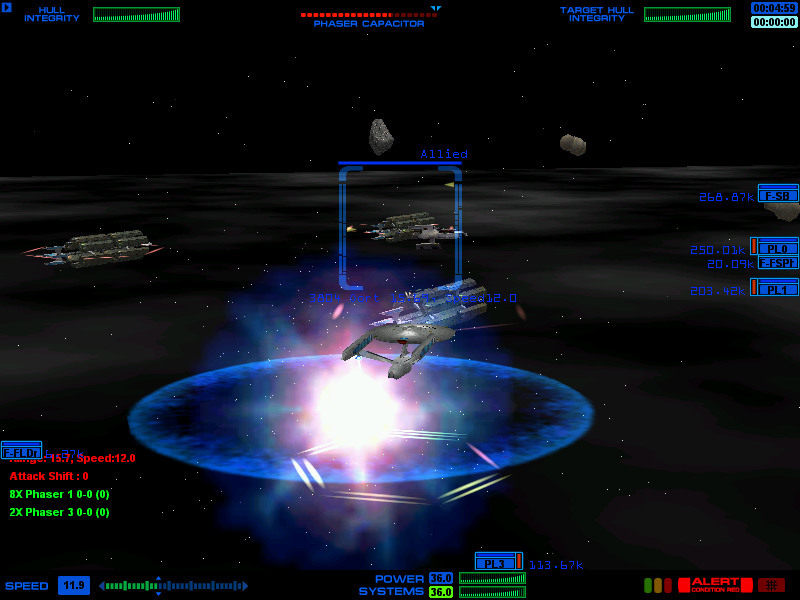
There are two basic ways to make a Star Trek game. Either you try and do everything, or you phaser-focus on one particular aspect. Starfleet Command goes all-in on space battles. Forget simply locking phasers and firing photon torpedoes, Starfleet Command is based on the table-top war-game Star Fleet Battles, and a brutal demonstration of just how hard it would be to lead a ship like the Enterprise into battle. Everything your ship has its at your disposal, from weapons to shields to special equipment, in full 3D.
It’s brutally hard, but satisfying with it. Three Starfleet Command games were released, adding proper campaigns and additional races. Later games would offer somewhat similar looking combat, though vastly stripped down to avoid the Command learning curve. Still, if you have what it takes, it’s a challenge that you won’t find elsewhere.
EGATrek
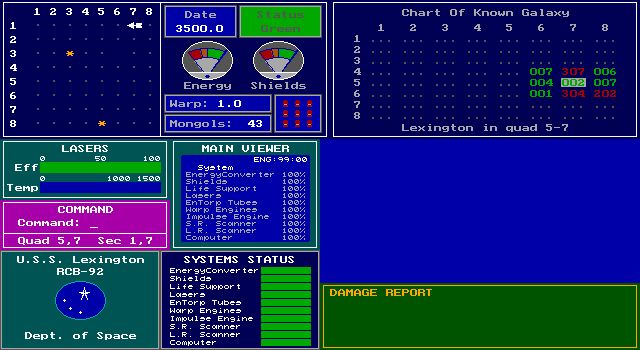
Okay, this is cheating. EGATrek isn’t an official Star Trek game. However, if you’re of a certain age, it is likely the Trek game that you remember playing first. It’s based on a game called Nettrek, originally the preserve of university servers and the like, and originally simulated the adventures of the Enterprise versus the Klingons and Romulans. After a raised eyebrow and a cough from Paramount, that became the adventures of the Lexington against an invading race called the Mongols. So, totally different!
It’s Star Trek though, right down to the ship design and use of Stardates, and your goal is to travel around and blow up all the Mongols in the system. While not much to look at now, it was definitely fun for the time—and felt a good deal more tactical than it was. It hasn’t aged well, but its place in history means it earns a place here, albeit quietly.
Star Trek: Borg
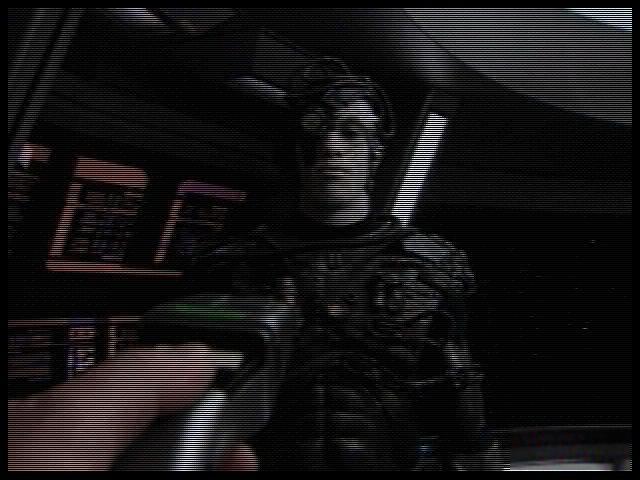
Borg is one of the most unusual Star Trek games. It’s an interactive movie, and that’s definitely a knock against it. It’s an interactive movie with style though, and some genuinely smart design. You play a cadet whose father was killed by the Borg. As you flee from another attack from the cyborg singularity, the all-powerful force of smugness Q appears and offers you a deal: go back in time with him, and see if you can save your father from his fate.
The result is genuinely surprising. Unlike the other big Star Trek interactive movie, Klingon, this one benefits from Q capering around and not taking anything even slightly seriously. You even get to kick him in the balls at one point. Star Trek games don’t get much more satisfying than that! It’s so good, the Wiki even lists ‘it is possible to punch Q in the face’ as a gameplay feature.
The true cleverness though is how it handles its time-travel premise. Screw up and Q resets time for you to try again, and quite often that’s required for a puzzle—one in particular involves getting some codes from the Borg Collective. How do you do that? Let yourself be caught, read them while you’re a Borg, and make use of them when Q rewinds time. That’s far too clever for an interactive movie, even if the rest of it—the pace, the acting, the depth—is what you’d expect.
Star Trek: Bridge Crew
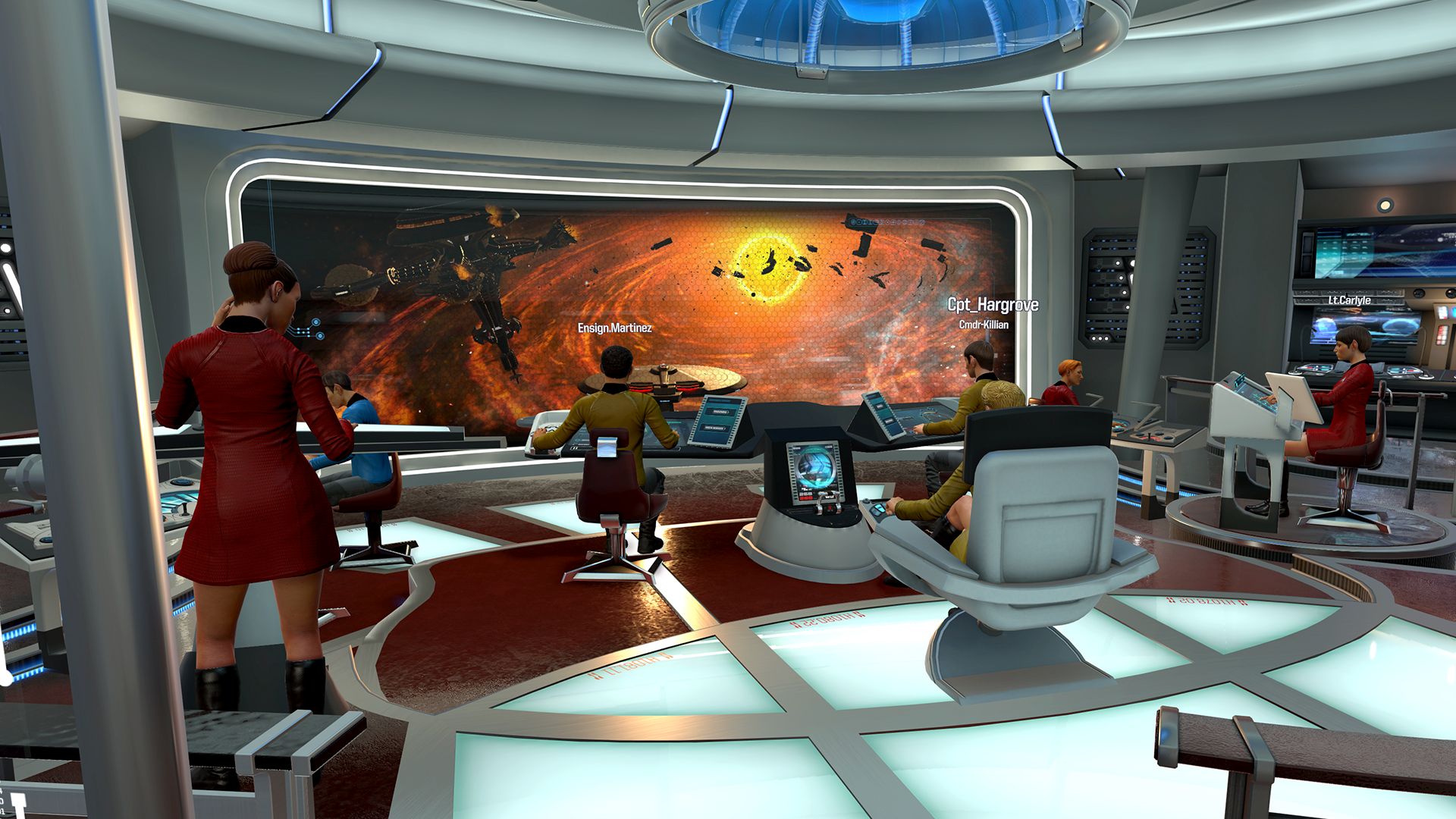
More than any other game, Bridge Crew attempted to create The Dream. It uses VR headsets to put you and your friends on the bridge of a Star Trek vessel. Largely inspired by Artemis Spaceship Bridge Simulator, it works by giving each of you a console and thus controls/information that the other players don’t have, which forces everyone to work together. The captain is in charge, but will only know the engines are about to explode if told. The captain order the phasers fired, but it’s the weapons officer who actually pulls the trigger. Success depends on how well the crew integrates and does their individual jobs.
The main problem with it is that once you’ve done this a couple of times, the lack of depth becomes very apparent. There’s not all that much to actually do, and doing it quickly becomes rote. It doesn’t help that for full effect, you need a whole cadre of friends with expensive VR equipment, which is about as likely as the Enterprise crew not using the holodecks for sex. Still, it’s the game that many fans have been waiting for, and certainly a trip while it lasts.
Star Trek: Bridge Commander
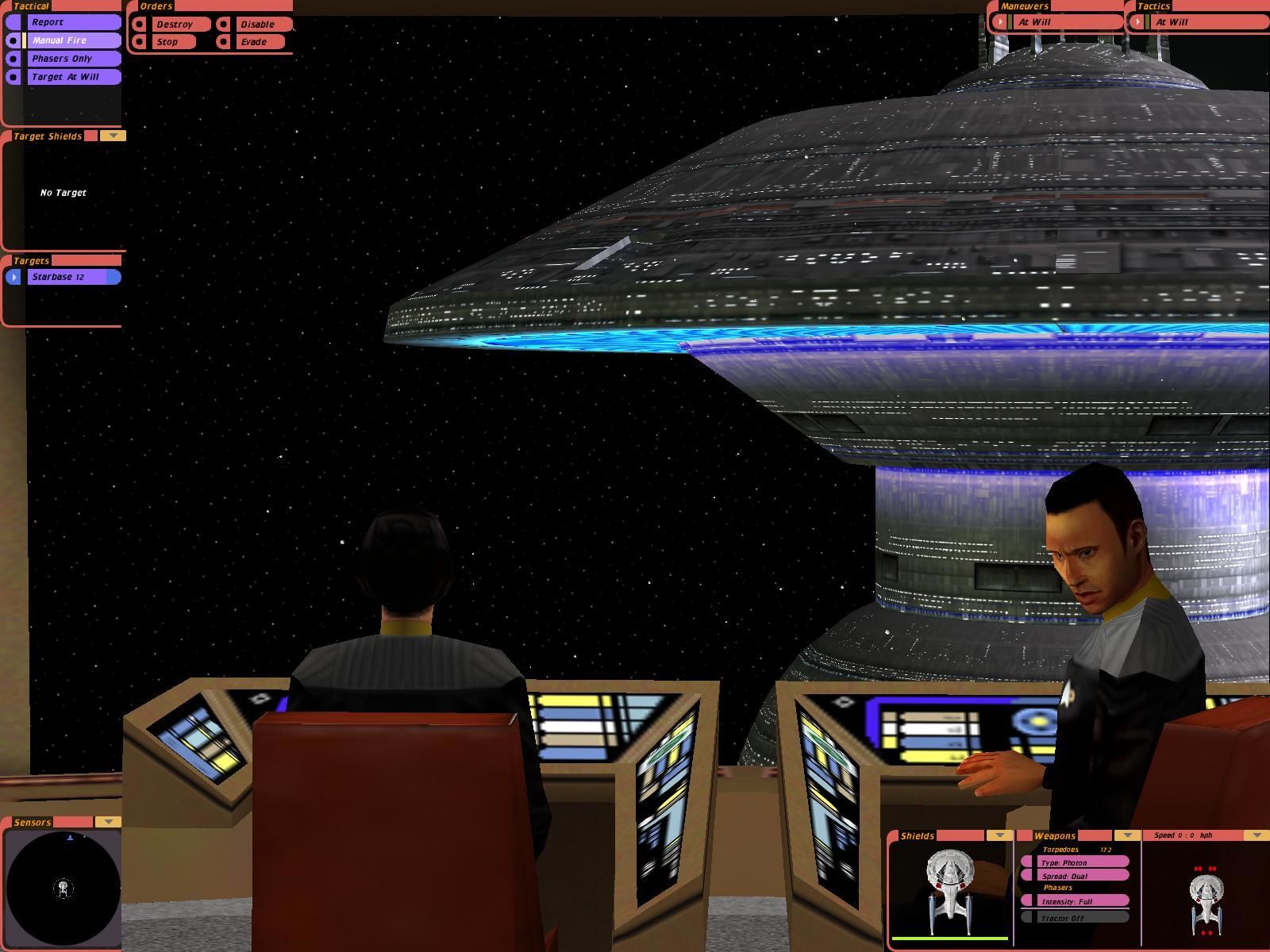
Bridge Commander is the best of the ‘command chair’ games. It is less brutal than Starfleet Command, but has more depth than the relatively simple shooter action of the adventure games or the Starfleet Academy game, which almost made the list.
The big clever feature is that you don’t control the ship so much as give orders to your individual crew members, making you feel more like a captain than a glorified pilot. You can jump in if necessary, but you’re mostly intended to sit back and trust your navigator to fly and your weapons officer to handle the combat. On top of that, it’s not just a series of quick battles; there is a full narrative campaign to work through. It is even possible to play with voice control, though not advised. When it works, it offers the full Captain experience. Far more often though, you just get blown up while swearing loudly.
Star Trek The Next Generation: A Final Unity
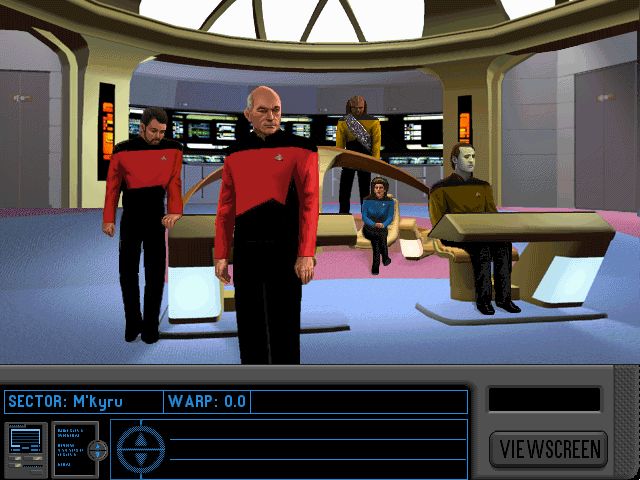
A Final Unity is a fondly remembered game, though honestly one that’s better fondly remembered than replayed. Creators Spectrum Holobyte clearly set out to make the greatest Star Trek game ever. The game modelled space combat, away team adventure, diplomacy, freeform exploration of the galaxy, and its cleverer features let you you call the entire TNG crew for advice and handpick away teams. In practice, the developers bit off rather more than they could chew, and in trying to replicate TNG’s more serious tone, most of the adventure is honestly sluggish, humourless and slow.
So why’s it here? Primarily because in the moments that it does work, it really captures the TNG spirit, and aesthetically and in terms of story, it’s bang on. It’s just hard not to notice how, for instance, the backgrounds get cheaper and cheaper as the story goes on, or how much of the adventure consists of interminable conversations. Still, it’s easily the best of the TNG-era games, as much as that counts when the competition is the likes of super-primitive shooter Star Trek: Generations or Insurrection tie-in The Hidden Evil. At worst, it’s a game to be admired for what it tried, even if it wasn’t all it could have been.
Star Trek: Birth of the Federation
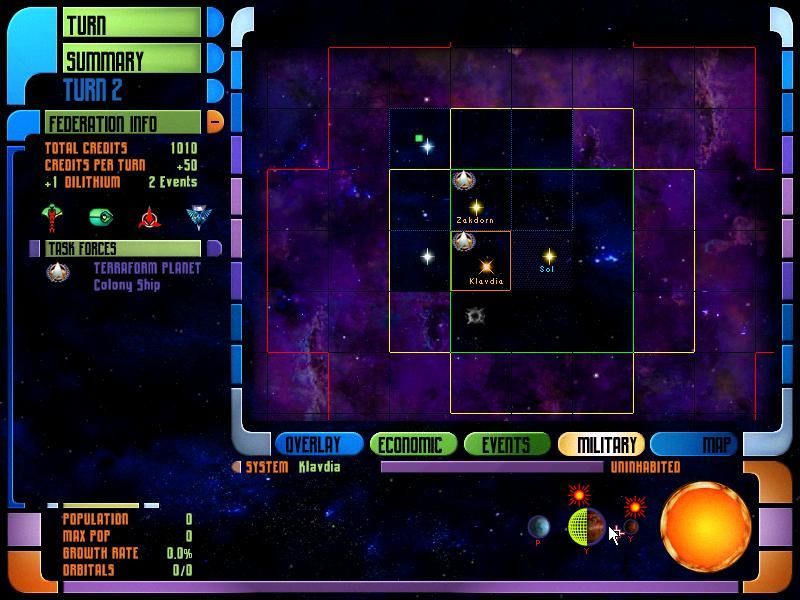
That’s right, it’s the almost inevitable Master of Orion game in the Star Trek universe, and honestly I'm being a little generous including it here. Played casually, it’s absolutely fine—a fun game of expansion and discovery and scooping up minor races to be part of your growing empire. Over time though the length of turns renders it almost unplayable. Its main hook was definitely the familiar races, and being able to play with the likes of Klingons instead of just some random warlike species. The effectiveness of this shouldn’t be underestimated, and it’s easily one of the better attempts to paste the Trek universe over an existing game. If not for that though, it’s a pale shadow of not just later games like GalCiv, but prior strategy games from its own developer Microprose.
Star Trek: Online

The first time I fired up Star Trek Online, I finished the tutorial, got the freedom of the universe, and immediately flew my ship to Deep Space Nine to see what, if anything, the team had done there. I was expecting to be told to come back in an expansion or two, or maybe to see the 3D model. Instead, I arrived, and was able to beam across and run around the set of the best Star Trek show of all time in pretty much all of its glory.
At its best, Star Trek Online is those moments. It continues stories from the TV shows, and even brings actors back to voice their characters. The game mixes space combot with away team action and gives you plenty of freedom to explore and chart your own path through the game. Unfortunately, since going free-to-play, much of the game pivoted around less enjoyable stuff—grinding, the push for new ships, and levelling up. Between those bits there’s still much to enjoy, including building up your crew and engaging in fun action against other players. It’s worth at least trying out, and playing for a while to enjoy the atmosphere and the satisfaction of commanding a ship in MMO space.

